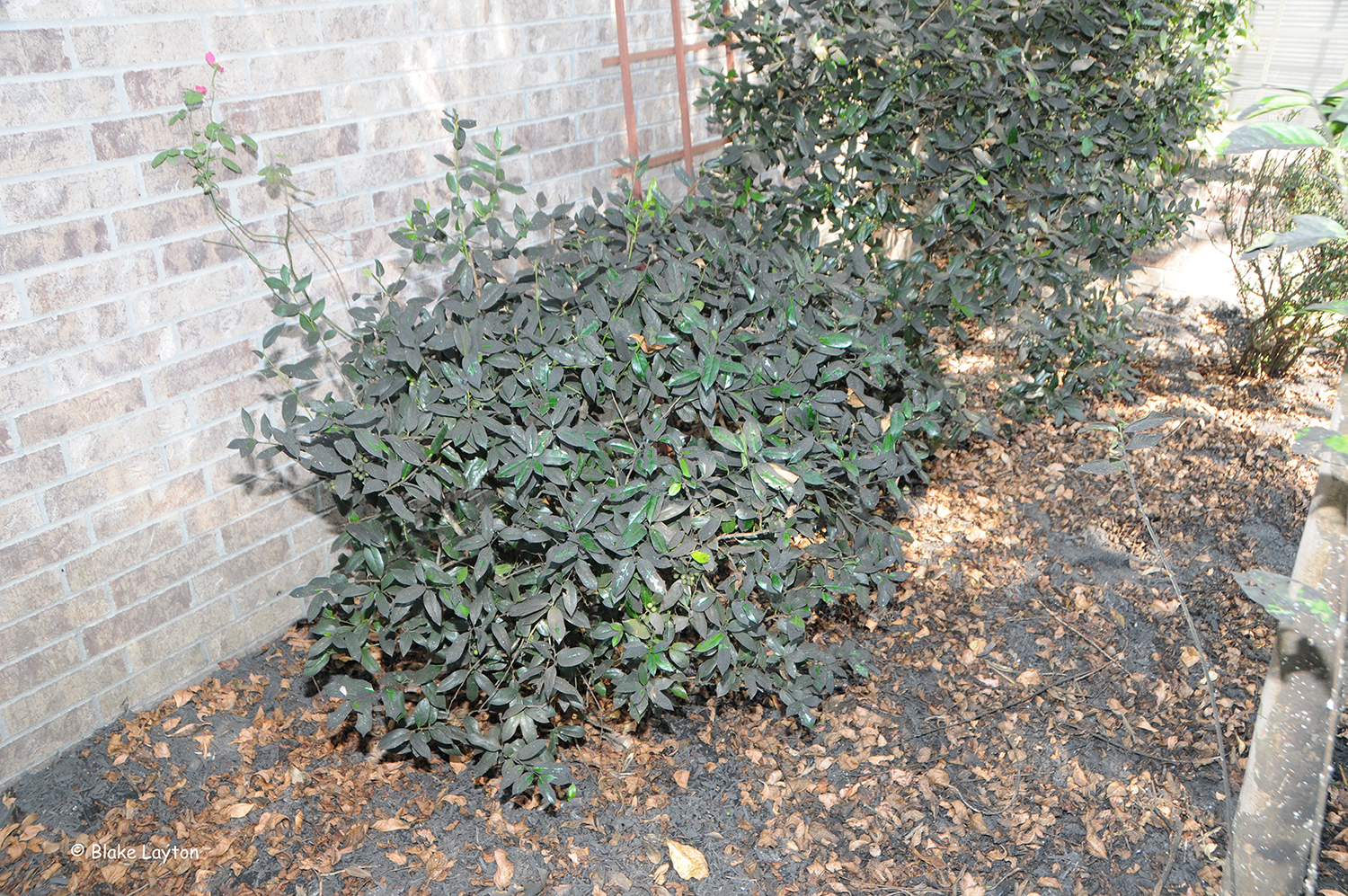Sooty Mold | Vol 3, No. 12

Sooty mold is caused by several species of fungi that grow on the honeydew produced by insects such as aphids, whiteflies, mealybugs, and soft scales. These four groups of insects all have piercing-sucking mouthparts, which they use to suck sap from their host plant. Because plant sap has such a high water and sugar content yet is relatively low in protein, these insects have specially adapted digestive systems that allow them to excrete excess sugars without digesting them. This results in the accumulation of large amounts of sticky honeydew on leaves and other items that are below where the insects are feeding. Sooty mold fungi grow on this honeydew and eventually consume it. This results in leaves that are no longer sticky, but that are covered with black sooty mold fungi. In one sense, sooty mold fungi are not technically a plant disease, because they do not invade or grow into the leaf, but in another sense, they are a type of plant disease because they still cause problems for the plant by interfering with photosynthesis and by making the plant unsightly.
The holly shrub in this photo is totally covered with sooty mold, but it did not have an insect infestation. How can this be? A large crape myrtle growing in this bed was heavily infested with crape myrtle bark scale, and the honeydew produced by these scale fell onto plants growing underneath. Notice that even the mulch in this area is covered with sooty mold.
Control: Once sooty mold accumulates on a plant, there is no good treatment for removing it other than the natural weathering and leaf replacement that occurs with the passage of time. The key to avoiding sooty mold is to control the insects that produce the honeydew on which it grows. See Extension Publication 2369, Insect Pests of Ornamental Plants in the Home Landscape, for information on how to control aphids, mealybugs, whiteflies, and soft scale, http://extension.msstate.edu/sites/default/files/publications/publications/p2369.pdf . See Extension Publication 2938, Crape Myrtle Bark Scale Identification and Control, for information on the identification, biology, and control of crape myrtle bark scale, https://extension.msstate.edu/sites/default/files/publications/publications/p2938.pdf .
Blake Layton, Extension Entomology Specialist, Mississippi State University Extension Service.
The information given here is for educational purposes only. Always read and follow current label directions. Specific commercial products are mentioned as examples only and reference to specific products or trade names is made with the understanding that no discrimination is intended to other products that may also be suitable and appropriately labeled.

